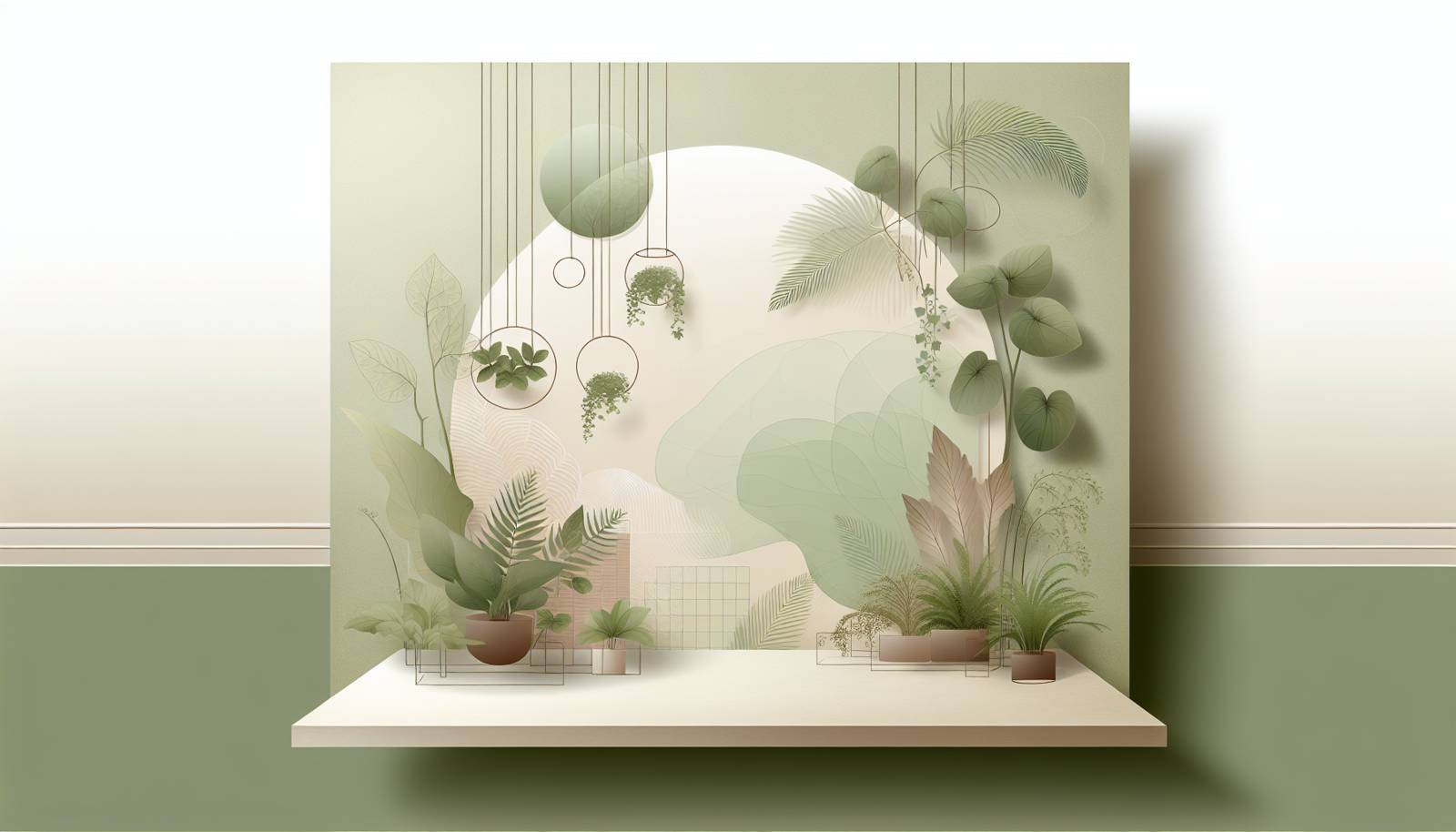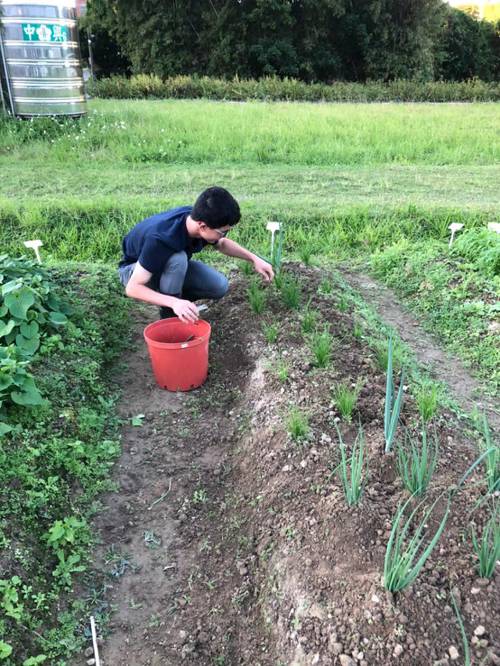
FAQ About Indoor Aerial Plant Cultivation Techniques

What is indoor aerial plant cultivation?
Indoor aerial plant cultivation refers to the practice of growing plants that do not require soil to anchor their roots. These plants, often known as air plants or epiphytes, derive moisture and nutrients from the air or via structures like the plant's leaves. Common examples include varieties that belong to the Tillandsia genus in the bromeliad family.

What are the benefits of growing aerial plants indoors?
Growing aerial plants indoors offers several benefits. These plants are often low maintenance and require less frequent watering compared to traditional potted plants. They are versatile in display, as they can be mounted on plaques, hung from strings, or placed in terrariums. Additionally, some studies suggest that indoor plants can improve air quality and enhance mood by providing a connection to nature.

Are special tools or equipment needed for indoor aerial plant cultivation?
While no specialized tools are absolutely necessary, certain items can aid in cultivating aerial plants more effectively. Misters or spray bottles are helpful for providing humidity, and mounting materials such as hooks or wire can assist in displaying the plants. Additionally, containers that allow air circulation, like open terrariums, can be beneficial.

How do I ensure proper humidity for indoor aerial plants?
Aerial plants thrive in environments with high humidity. To ensure adequate humidity, regularly mist the plants with water. Placing them in rooms with naturally higher humidity levels, such as bathrooms, can also be beneficial. Humidifiers can help maintain an appropriate moisture level in dry rooms.

What are the light requirements for indoor aerial plants?
Indoor aerial plants generally require bright, indirect light. Direct sunlight can scorch their leaves, so it's often best to place them near a window that receives filtered light or use sheer curtains to diffuse the light. They can also adapt to artificial lighting conditions such as fluorescent bulbs or LED grow lights.

Can aerial plants survive without soil?
Yes, aerial plants can survive without soil. They are adapted to absorb moisture and nutrients directly from the air through their leaves. In the wild, they often grow on trees or rocks, extracting nutrients from rainwater, dust, and organic debris in the environment.

How often should I water indoor aerial plants?
The watering frequency for aerial plants depends on the environment. In general, it's advisable to mist them 2-3 times a week or soak them in water for about 10-30 minutes every one to two weeks. Be sure to let them dry completely after soaking to prevent rot.

What are some popular types of indoor aerial plants?
Popular indoor aerial plant varieties include Tillandsia (air plants), orchids, and staghorn ferns. Each offers distinct aesthetic qualities and care needs, making them appealing to different indoor gardening enthusiasts.

Do aerial plants need fertilizer?
While not necessary for survival, fertilizing aerial plants can encourage growth and blooming. Use a water-soluble fertilizer specifically designed for epiphytes during the growing season, diluting it to half or quarter strength. Apply the fertilizer by misting or soaking the plants once a month.

How do you propagate indoor aerial plants?
Aerial plants can often be propagated through offsets, which are small clones of the parent plant. Once these offsets reach a manageable size, they can be gently detached and grown separately. It's important to ensure they are of sufficient size to survive independently before removal.

Are there any pests that affect aerial plants indoors?
Aerial plants are generally resilient but can be susceptible to pests like aphids, mealybugs, and spider mites. Regular inspection and prompt treatment with insecticidal soap or neem oil can help control pest issues. Keeping plants in optimal health through proper care will also bolster their resistance to infestations.

Can you grow aerial plants in a terrarium?
Yes, aerial plants can be successfully grown in an open terrarium where there's good air circulation. This type of environment allows for decoration and easy misting, but care should be taken to ensure that the setup doesn't trap too much moisture, which can lead to rot.

How do I display indoor aerial plants creatively?
Indoor aerial plants offer versatile display options due to their lack of soil needs. They can be mounted on driftwood, suspended in glass orbs, arranged on seashells, or attached to decorative wire frames. These creative displays can be tailored to fit any décor style.

What temperature range is ideal for indoor aerial plants?
Aerial plants prefer warmer temperatures typically ranging from 50°F to 90°F (10°C to 32°C). They should be protected from cold drafts and extreme heat to prevent damage. Maintaining a stable indoor temperature year-round will support healthy growth.

Do aerial plants bloom, and how can I encourage it?
Many aerial plants do bloom, producing colorful and sometimes fragrant flowers. To encourage blooming, ensure they receive adequate light and follow a consistent watering and feeding schedule. Environmental stress or seasonal changes can also trigger blooming.

Can aerial plants be harmful to pets?
Most aerial plants are not toxic to pets, but it's always best to confirm the specific species' safety regarding animals. Ensuring plants are positioned out of pets' reach can prevent accidental ingestion or damage to the plants.

How can poor air circulation affect aerial plants?
Poor air circulation can lead to moisture buildup on aerial plants, increasing the risk of rot and fungal diseases. It's essential to keep them in an environment where air circulates freely, which can be achieved by regularly moving the plants or using fans.

Can I use rainwater for watering aerial plants?
Rainwater can be advantageous for watering aerial plants as it is free of chemicals found in tap water, such as chlorine and fluorides. Collect rainwater safely, ensuring that it does not come into contact with contaminants, and use it for misting or soaking the plants.

What are common issues in aerial plant cultivation indoors?
Common issues include under- or over-watering, inadequate light, and poor humidity control. These factors can lead to leaf browning, rot, or slow growth. Addressing these needs by adjusting care routines can help resolve most problems.

How do I clean aerial plants?
Dirt or dust can accumulate on aerial plants, affecting their ability to photosynthesize. To clean them, gently rinse under lukewarm water or use a soft brush to remove debris. Allow the plants to air dry upside down to ensure water does not settle in the base.
